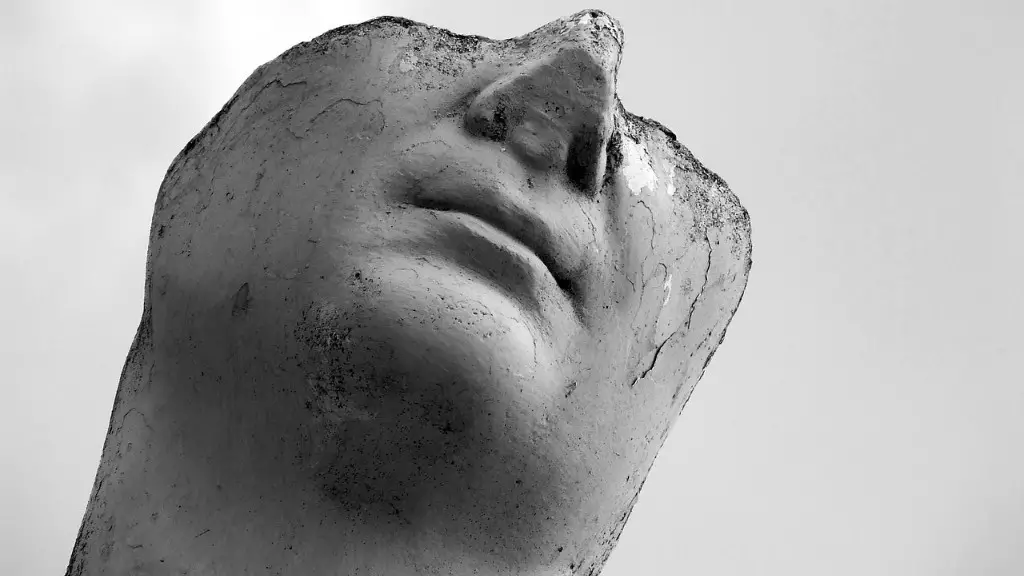In ancient Rome, the clientship system was an important social institution which helped to maintain order and support the powerful. Clients were lower-status individuals who depended on the patronage of a more powerful patron for their livelihood. The relationship between patron and client was based on mutual obligations and usually involved some form of gift-giving. The patron was expected to provide his client with financial and legal support, while the client was expected to perform various services for the patron, such as voting for him in elections or fighting for him in battle.
The clients in ancient Rome were lower-status citizens who were attached to a patron, who was a more powerful, wealthier citizen. The relationship was not based on equality, but on the fact that the patron would help the client in exchange for political support. This could take the form of financial assistance, advice, or help in finding a job. The patron would also protect the client in legal disputes and help him or her advance in society.
What is a client in Roman times?
Clientage was an important social institution in Rome, whereby a free man would entrust himself to another for protection in return. This arrangement was consecrated by usage and recognized, though not defined or enforced, by the law. Clientage was a hereditary social status, and as such, was an important part of Roman society.
A client was someone who depended on the protection of a patron in ancient Rome. The relationship between a patron and a client was one of dependence and reciprocity, with the client acknowledging their dependence on the patron and receiving protection in return. This system of patronage was an important part of Roman society and helped to create and maintain social networks and hierarchies.
What was the Patronus Cliens relationship among ancient Romans
Patron-client relationships were very important in Ancient Rome. Clients were loyal supporters of high standing families and at the head of those families were the patronus, or their patron. For this loyalty, the patron rewarded their loyal clients with gifts of food and land. If a client needed any sort of legal representation or aid, they called upon their patron for support. This system helped to create a strong sense of community and loyalty among the people of Rome.
The client-patron relationship was an important part of Roman society. The client owed his vote to the patron, who protected the client and his family, gave legal advice, and helped the clients financially or in other ways. This system was, according to the historian Livy, created by Rome’s (possibly mythical) founder, Romulus.
What was a Roman woman called?
The model Roman matron was an ideal woman who was supposed to uphold Rome’s legal and social code. She was expected to be a good wife and mother, and to run her household efficiently. She was also supposed to be modest in her behavior.
A convivium was a social gathering during which food and drink were served. The host would provide a variety of dishes for the guests to enjoy, and the guests would reciprocate by bringing gifts for the host. The convivium was an important part of Roman social life, and it was often used as an opportunity to display one’s wealth and status.
What was a Roman client king?
The client kings were rulers of non-Roman peoples who had a harmonious but unequal relationship with Rome. They were under the patronage of the Roman state, but the less abrasive language of friendship was the norm.
Under Roman law, enslaved people were considered as the property of their masters and had no personal rights. They could be bought, sold, or mistreated at will and were unable to own property, enter into a contract, or legally marry. Most of what we know today about Roman slavery comes from texts written by the slave masters.
What did the Roman civil service do
Civil servants were responsible for a variety of tasks in Ancient Rome. In the courts, they summoned witnesses, kept track of time, and helped keep order. Outside of the courts, they escorted the magistrate and acted as heralds. It is also possible they were messengers and orderlies. The Accensi Velati were non military participants of military campaigns.
Despite the danger he was in and the hate he had from most of the wizarding world, Snape held on to the one thing that kept him going: the safety of Lily’s son. He even went as far as to send his Patronus to guide Harry Potter to the sword of Gryffindor (a known Horcrux-killer) in a nearby lake.
Do Remus and Tonks have the same Patronus?
This is an interesting topic to explore. I’m not entirely sure why Tonk’s Patronus would take on the form of a jackrabbit, but it’s possible that it has something to do with her connection to Luna Lovegood. It’s also interesting to note that her Patronus changed form after she met Remus Lupin. It’s possible that the change was due to their close friendship, or it could be something else entirely. Either way, it’s an interesting phenomenon worth exploring further.
This is fascinating to me because I always assumed that the Weasley twins would have the same Patronus shape since they are identical twins. I’m glad to know that they each have their own unique Patronus shape.
Which family became greatest patron
The Medici family was one of the most important and influential families in Florence during the Renaissance. They ruled Florence for over 200 years and were known for their patronage of the arts. The Medici would pay artists commissions for major works of art, which helped to support the arts during the Renaissance.
The word “patron” is derived from the Latin word “patronus”, which means “one who gives benefits to his clients”. In some countries, the term is used to describe political patronage or patronal politics, which is the use of state resources to reward individuals for their electoral support.
What is the follower of a patron called?
A protégé is a person who is under the protection, care, or guidance of another, usually more experienced person. A protégé is often someone who is mentored by someone else in order to further their career. A protégé can also be a person who is new to a field or industry and is being taken under the wing of a more experienced individual.
The age of lawful consent to marriage has varied throughout history, with different cultures and regions setting different ages. In the Roman Empire, the age of lawful consent to a marriage was 12 for girls and 14 for boys. Most Roman women married in their late teens to early twenties, though noble women tended to marry younger than those of the lower classes. An aristocratic girl was expected to be a virgin until her first marriage.
This age of consent was likely chosen because it was around the age when girls reached puberty and were considered fertile. Boys were typically considered ready for marriage when they reached the age of 14 because that was when they were able to start supporting a family financially. While the average age of marriage has increased over time, there is still a wide range in ages at which people marry, depending on factors like culture, religion, and socio-economic status.
Final Words
There is not enough information given to provide an answer.
They swam in the public baths, went to the forum to socialize and shop, and attended public events.





